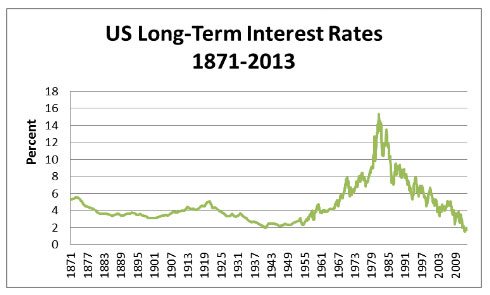Let’s face it – anyone who has invested in window coverings for their homes knows that it can be quite an investment. On top of that, there are so many options and varieties in material on the market that making a decision on what to install in your home can be overwhelming. The options go beyond real and faux wood blinds, and this article will help get you up to speed on all of the choices available.
Dunbar Builders uses blinds in many of the homes we build, so let’s start there. “Blinds” refers to a hard treatment constructed from slats which are most often adjusted by a manual pull cord, wand, or remote control. Yes, that’s right, blinds can now come with a remote control! What we love about blinds is that they are easily adjustable. If you desire light control or privacy, blinds stay tightly closed. If you want a clear, unobstructed view, blinds pull up and stack nicely at the top of the window. Even if you know blinds are the window coverings you want in your home, there are still several decisions to be made: the width of the slat, the color, and the material.
The size
Generally blinds come in one of three standard sizes: ½ inch, 1 inch, and 2 inches. Currently ½ inch slats are very popular because of the contemporary look they provide in a home, 2 inch slats are a timeless choice because of their old-world feel, and 1 inch is the middle compromise: not too narrow, not too wide. Does Dunbar Builders have a favorite size? Why yes we do, and it just so happens to be the classic option – 2 inch slats.
The color
Because window coverings are a hefty investment, we advise our homeowners to play it safe by selecting a neutral color. You can never go wrong by selecting a color which is close to the color of the window trim. Choosing a soft, neutral color maximizes the longevity of blinds, and is also very attractive to potential buyers.
The material
Wood blinds are a popular option; note that there are real wood blinds, and faux wood blinds. Whether real or faux, wood blinds bring texture and warmth to a room. So you’ve decided you want wood blinds in your home, but you can’t decide between real or faux? We can help!
Faux wood blinds actually have a couple advantages over real wood. First, faux wood can cost significantly less than real wood…so saving money is always a plus. Second, faux wood blinds stand up to moisture and humidity better than the real ones. This makes them an excellent choice for coastal homes, bathrooms, kitchens, and humid climates like the homes we build in the South. Do you have children constantly running through your home? If so, faux wood remains the better choice since they will not warp and are easy to clean! If you want white or painted wood blinds for your home, choose the faux ones. Trust us, no one will be notice the difference!
So why do some homeowners choose real wood? Real wood provides a natural, organic feel in rooms. Many homeowners prefer real wood because of its warmth, sophistication, and quality. Real wood blinds have texture and unique grain details because most are made from North American hardwoods. Yes, real wood costs more, and is more difficult to maintain (do not clean with any harsh chemicals), but there is no denying the patina that real wood develops over time, much like furniture. Another reason homeowners choose real wood blinds is because they provide strong construction, excellent insulation, and superior privacy. If you have wood trim or stained wood trim around your windows, real wood is a great choice because there are so many stains and colors available. We’ve had clients at Dunbar Builders who have even wanted to coordinate the blinds to the finish on some of their furniture pieces – real wood blinds make this the easier choice because of the colors and stains available on the market.
Whether real wood or faux, blinds remain the classic choice for window coverings. Take into consideration the information above, the room in your home where the blinds will go, and you will be very pleased with this timeless choice!
Contact Dunbar Builders to get started on your dream home.






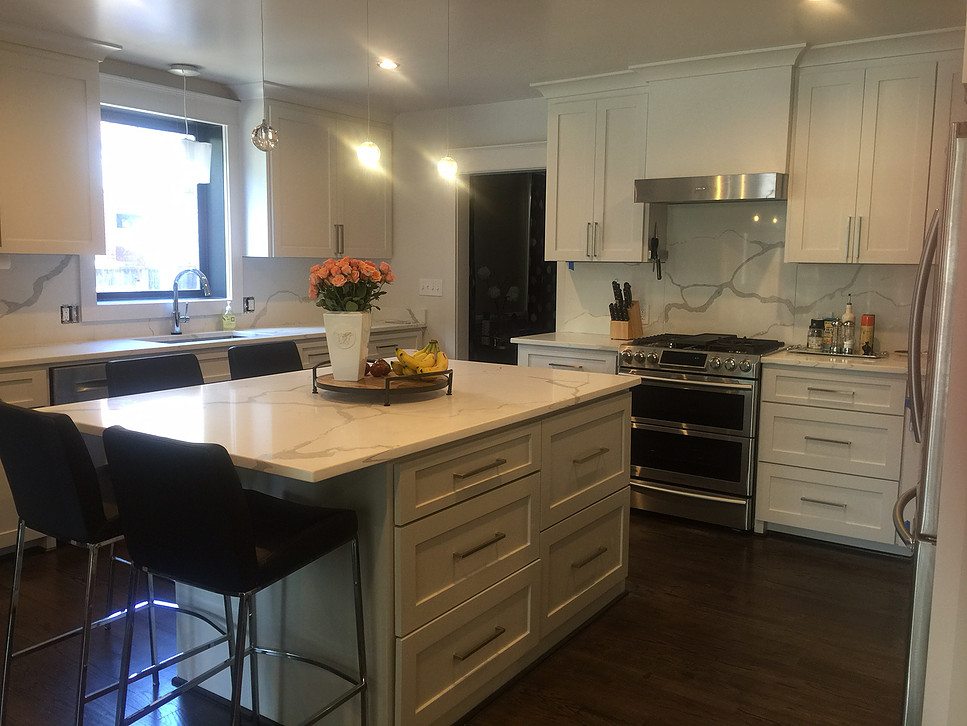
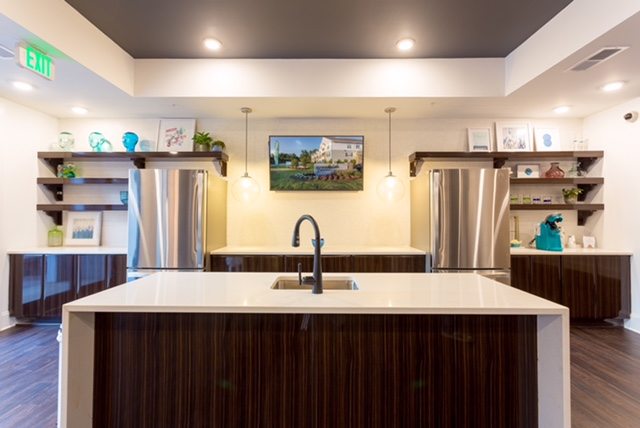
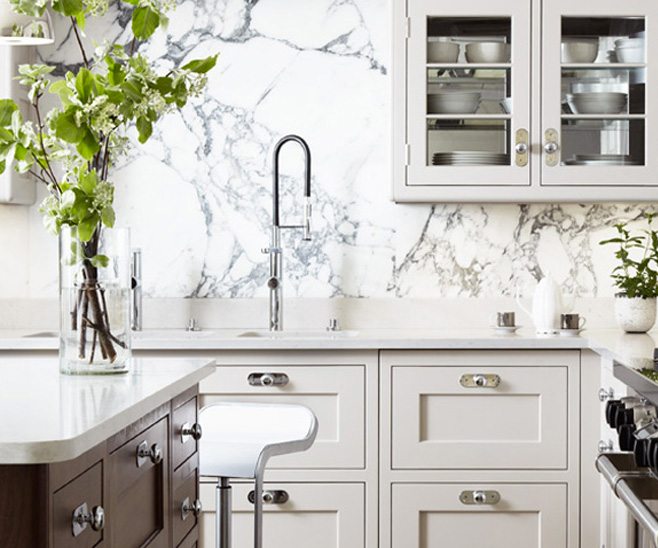
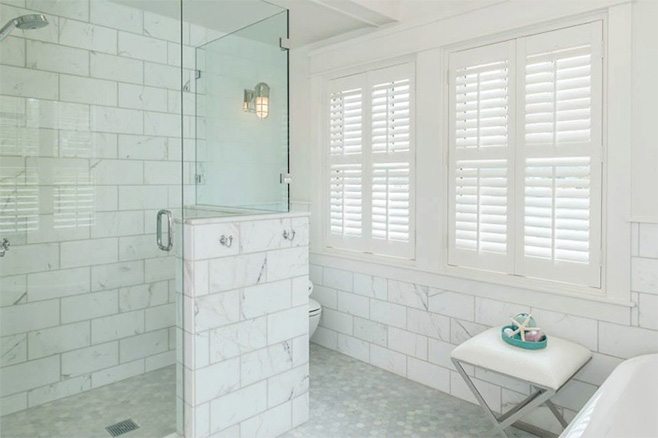

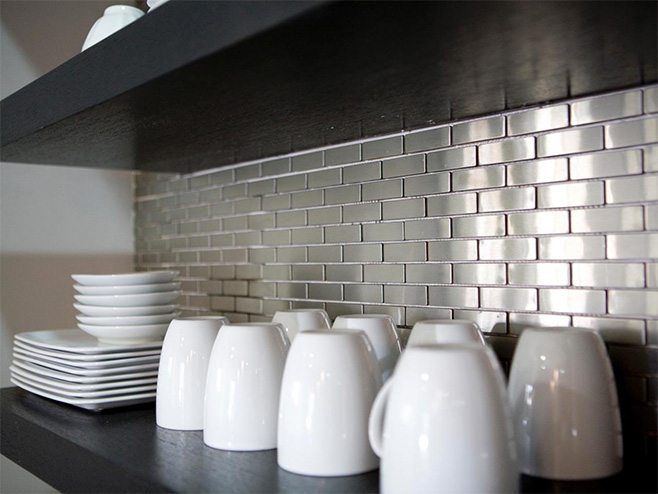
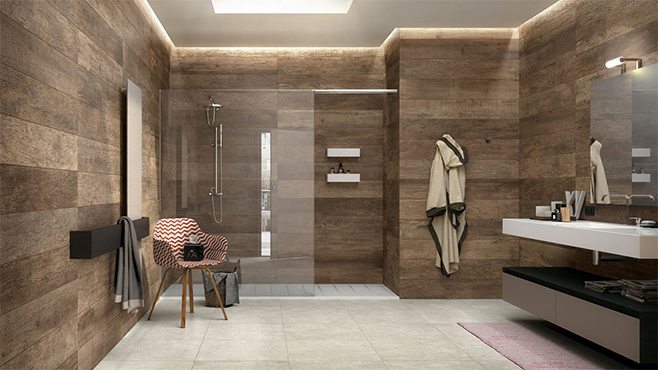
 When it comes time for you to make a decision on your home’s insulation, there are several options available. Choosing foam insulation will provide many long-term benefits.
When it comes time for you to make a decision on your home’s insulation, there are several options available. Choosing foam insulation will provide many long-term benefits.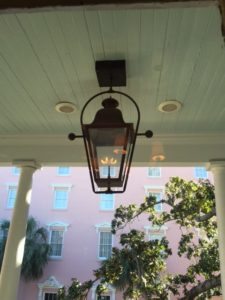 What was once known as just an old southern tradition – painting your porch ceiling blue – spans further than just the south and is still a living tradition today. With several theories as to where the blue ceilings started and why they are painted blue, it is a design element of homes that has spanned centuries. So why paint your porch ceiling blue?
What was once known as just an old southern tradition – painting your porch ceiling blue – spans further than just the south and is still a living tradition today. With several theories as to where the blue ceilings started and why they are painted blue, it is a design element of homes that has spanned centuries. So why paint your porch ceiling blue?